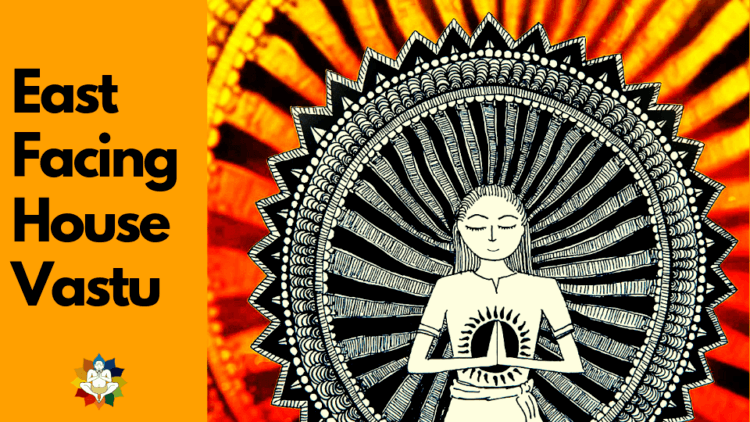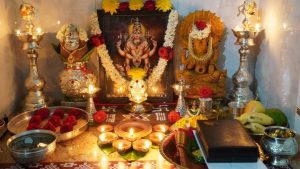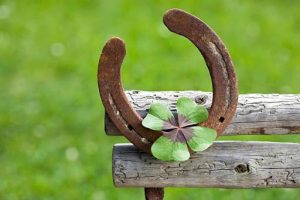Vastu Shastra has been an integral part of Indian architectural philosophy for centuries. Rooted in science, tradition, and spirituality, it offers guidelines to harmonize a living space with the forces of nature. Among the different house orientations, the east-facing house holds special significance. Known for its association with positivity, prosperity, and good health, an east-facing house is often considered an ideal choice for many.
In this detailed guide, we’ll explore every aspect of East Facing House Vastu—from designing a Vastu-compliant plan to selecting the perfect placement for your pooja room, main entrance, and other critical components. By the end, you’ll gain a clear understanding of how to make the most of an east-facing home and ensure it radiates positive energy.
What Does an East-Facing House Mean?

An east-facing house is one where the main entrance of the home is positioned to face the east. In simpler terms, when you step out of your main door, you should face the sunrise. The east direction, ruled by the Sun (Surya), is considered highly auspicious in Vastu Shastra. This orientation allows sunlight to enter the home during the early morning hours, which is believed to bring with it health, wealth, and prosperity.
East Facing House: Good or Bad?
Whether an east-facing house is good or bad largely depends on how well the principles of Vastu are applied. In general, an east-facing house is considered highly auspicious. However, factors like the placement of the main door, kitchen, pooja room, and bathrooms play a significant role in determining the house’s overall energy.
Who Should Consider an East-Facing House?
- Suitable for All Rashis: East-facing houses are especially favorable for those belonging to Aries (Mesh), Leo (Simha), and Sagittarius (Dhanu) rashis.
- Professionals in Leadership Roles: Individuals in authoritative positions, like CEOs, managers, or government officials, benefit from the growth-oriented energy of an east-facing home.
When Can an East-Facing House Be Considered Inauspicious?
While the orientation itself is auspicious, the house can invite negative energy if the main entrance, pooja room, or kitchen is improperly placed. Consulting a Vastu expert can help address such issues.
East Facing House Vastu Benefits
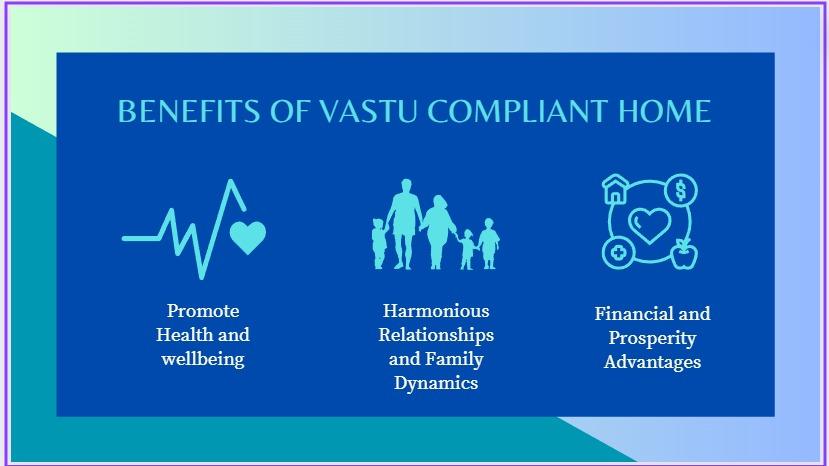
An east-facing house offers numerous benefits, both scientific and spiritual:
- Morning Sunlight: Exposure to sunlight in the early hours of the day improves health, uplifts mood, and infuses the home with positive energy.
- Spiritual Growth: Houses with an east-facing entrance are said to promote spiritual well-being.
- Financial Prosperity: The east direction attracts good luck and wealth as per Vastu.
- Good for Social Connections: Homes oriented toward the east are believed to foster harmonious relationships and social interactions.
- Improved Ventilation and Natural Light: East-facing houses are naturally brighter and airier compared to homes facing other directions.
East Facing House Vastu Plan: Key Elements

Planning an east-facing house according to Vastu involves several factors, including the placement of the main door, pooja room, kitchen, and other functional spaces. Below are some essential guidelines:
Main Entrance Placement
The main entrance is one of the most critical aspects of an east-facing house. According to the East Facing House Vastu Plan with Main Entrance:
- The main door should be positioned in the central portion of the east-facing wall, preferably between the 3rd and 5th pada (segment).
- Avoid placing the door in the extreme corners, as it may invite negative energy.
Pooja Room Placement
The pooja room plays a significant role in harnessing positive energy. In an East Facing House Vastu Plan with Pooja Room, the ideal location is the northeast corner of the house, also known as Ishan Kon.
- The door of the pooja room should face east, ensuring maximum energy flow during prayers.
- Avoid placing the pooja room under a staircase or near bathrooms, as this can disrupt the sanctity of the space.
Kitchen Placement
The kitchen, representing the element of fire, should be located in the southeast corner of the house. Key tips:
- The person cooking should face east for maximum benefits.
- Avoid placing the kitchen in the northeast or southwest corners, as this may lead to health and financial issues.
Living Room Placement
The living room should be situated in the northeast or east portion of the house.
- Large windows facing the east direction are recommended to allow natural light and air circulation.
- Keep the living room uncluttered and brightly lit to promote positivity.
Bedrooms
- Master Bedroom: Southwest corner (ensures stability and peace).
- Children’s Bedroom: Northwest corner (encourages growth and learning).
- Guest Room: Southeast corner.
Bathrooms and Toilets
Bathrooms should be in the northwest or west direction. Avoid placing them in the northeast or near the pooja room and kitchen.
Variants of East Facing House Plans
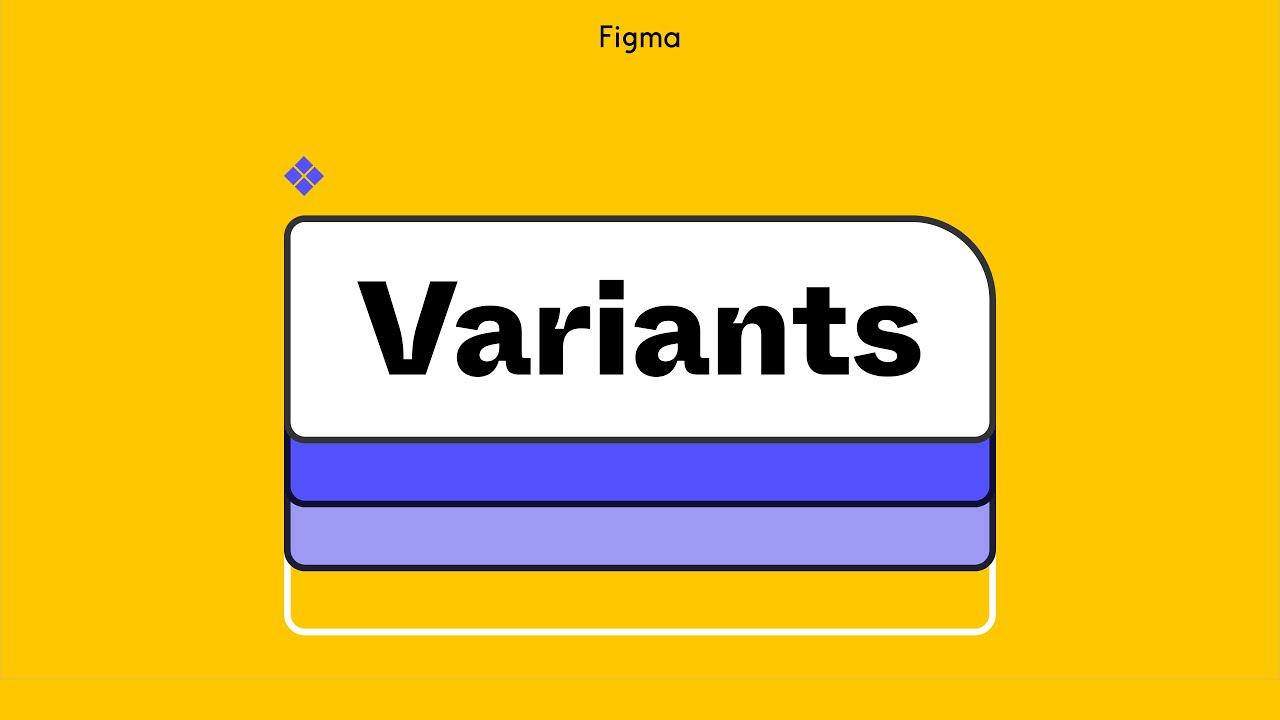
East Facing House Vastu Plan 2 BHK
In a compact 2 BHK layout:
- Place the bedrooms in the southwest and northwest corners.
- The kitchen should be in the southeast, and the living room in the northeast.
- Ensure a dedicated pooja space in the northeast.
East Facing House Vastu Plan 3D
A 3D layout provides a visual representation of room placements, making it easier to plan the house as per Vastu.
Scientific Vastu for East Facing House
This approach combines traditional Vastu principles with modern architecture, ensuring functionality and harmony.
East Facing House: Comparisons with Other Orientations
West Facing House Vastu
- Suitable for people working in creative fields.
- Requires additional planning for natural light and ventilation.
North Facing House Vastu
- Known for fostering financial stability and career growth.
- Highly suitable for business owners.
East Facing House Main Door Vastu
The east facing main door vastu focuses on creating an inviting entrance that attracts positive energy. Key guidelines include:
- Decorate the main door with symbols like Swastik or Om.
- Ensure the entrance is well-lit and obstruction-free.
East Facing Flat Vastu: Special Considerations
In flats, the scope for structural modifications is limited. However, you can still optimize your space by:
- Ensuring the main door faces east.
- Placing the pooja room in the northeast.
Common Myths About East Facing Houses
- East-facing houses are the best for everyone: While east-facing homes are generally good, the suitability also depends on the individual’s Rashi and specific needs.
- Main door placement doesn’t matter: Incorrectly placed entrances can disrupt the house’s energy flow.
Tips for Enhancing an East Facing House
- Use light and pastel shades for walls, particularly in the living room.
- Incorporate greenery, such as a Tulsi plant, in the northeast corner.
- Avoid placing heavy furniture in the northeast, as it can block energy flow.
Conclusion
An east-facing house, when designed according to Vastu Shastra, can bring immense joy, prosperity, and positivity into your life. Every aspect, from the placement of the main entrance to the pooja room, contributes to creating a harmonious living space. If you’re planning to design or buy an east-facing house, following these guidelines will ensure that your home becomes a source of happiness and success.
At Housiey, we specialize in helping homeowners create Vastu-compliant spaces that blend tradition with modern aesthetics. To explore more about spiritual home designs, check out our blog
“Best Mandir Direction for Home as per Vastu“.
FAQs
Vastu Shastra has been an integral part of Indian architectural philosophy for centuries. Rooted in science, tradition, and spirituality, it offers guidelines to harmonize a living space with the forces of nature. Among the different house orientations, the east-facing house holds special significance. Known for its association with positivity, prosperity, and good health, an east-facing house is often considered an ideal choice for many.
In this detailed guide, we’ll explore every aspect of East Facing House Vastu—from designing a Vastu-compliant plan to selecting the perfect placement for your pooja room, main entrance, and other critical components. By the end, you’ll gain a clear understanding of how to make the most of an east-facing home and ensure it radiates positive energy.
What Does an East-Facing House Mean?

An east-facing house is one where the main entrance of the home is positioned to face the east. In simpler terms, when you step out of your main door, you should face the sunrise. The east direction, ruled by the Sun (Surya), is considered highly auspicious in Vastu Shastra. This orientation allows sunlight to enter the home during the early morning hours, which is believed to bring with it health, wealth, and prosperity.
East Facing House: Good or Bad?
Whether an east-facing house is good or bad largely depends on how well the principles of Vastu are applied. In general, an east-facing house is considered highly auspicious. However, factors like the placement of the main door, kitchen, pooja room, and bathrooms play a significant role in determining the house’s overall energy.
Who Should Consider an East-Facing House?
- Suitable for All Rashis: East-facing houses are especially favorable for those belonging to Aries (Mesh), Leo (Simha), and Sagittarius (Dhanu) rashis.
- Professionals in Leadership Roles: Individuals in authoritative positions, like CEOs, managers, or government officials, benefit from the growth-oriented energy of an east-facing home.
When Can an East-Facing House Be Considered Inauspicious?
While the orientation itself is auspicious, the house can invite negative energy if the main entrance, pooja room, or kitchen is improperly placed. Consulting a Vastu expert can help address such issues.
East Facing House Vastu Benefits

An east-facing house offers numerous benefits, both scientific and spiritual:
- Morning Sunlight: Exposure to sunlight in the early hours of the day improves health, uplifts mood, and infuses the home with positive energy.
- Spiritual Growth: Houses with an east-facing entrance are said to promote spiritual well-being.
- Financial Prosperity: The east direction attracts good luck and wealth as per Vastu.
- Good for Social Connections: Homes oriented toward the east are believed to foster harmonious relationships and social interactions.
- Improved Ventilation and Natural Light: East-facing houses are naturally brighter and airier compared to homes facing other directions.
East Facing House Vastu Plan: Key Elements

Planning an east-facing house according to Vastu involves several factors, including the placement of the main door, pooja room, kitchen, and other functional spaces. Below are some essential guidelines:
Main Entrance Placement
The main entrance is one of the most critical aspects of an east-facing house. According to the East Facing House Vastu Plan with Main Entrance:
- The main door should be positioned in the central portion of the east-facing wall, preferably between the 3rd and 5th pada (segment).
- Avoid placing the door in the extreme corners, as it may invite negative energy.
Pooja Room Placement
The pooja room plays a significant role in harnessing positive energy. In an East Facing House Vastu Plan with Pooja Room, the ideal location is the northeast corner of the house, also known as Ishan Kon.
- The door of the pooja room should face east, ensuring maximum energy flow during prayers.
- Avoid placing the pooja room under a staircase or near bathrooms, as this can disrupt the sanctity of the space.
Kitchen Placement
The kitchen, representing the element of fire, should be located in the southeast corner of the house. Key tips:
- The person cooking should face east for maximum benefits.
- Avoid placing the kitchen in the northeast or southwest corners, as this may lead to health and financial issues.
Living Room Placement
The living room should be situated in the northeast or east portion of the house.
- Large windows facing the east direction are recommended to allow natural light and air circulation.
- Keep the living room uncluttered and brightly lit to promote positivity.
Bedrooms
- Master Bedroom: Southwest corner (ensures stability and peace).
- Children’s Bedroom: Northwest corner (encourages growth and learning).
- Guest Room: Southeast corner.
Bathrooms and Toilets
Bathrooms should be in the northwest or west direction. Avoid placing them in the northeast or near the pooja room and kitchen.
Variants of East Facing House Plans

East Facing House Vastu Plan 2 BHK
In a compact 2 BHK layout:
- Place the bedrooms in the southwest and northwest corners.
- The kitchen should be in the southeast, and the living room in the northeast.
- Ensure a dedicated pooja space in the northeast.
East Facing House Vastu Plan 3D
A 3D layout provides a visual representation of room placements, making it easier to plan the house as per Vastu.
Scientific Vastu for East Facing House
This approach combines traditional Vastu principles with modern architecture, ensuring functionality and harmony.
East Facing House: Comparisons with Other Orientations
West Facing House Vastu
- Suitable for people working in creative fields.
- Requires additional planning for natural light and ventilation.
North Facing House Vastu
- Known for fostering financial stability and career growth.
- Highly suitable for business owners.
East Facing House Main Door Vastu
The east facing main door vastu focuses on creating an inviting entrance that attracts positive energy. Key guidelines include:
- Decorate the main door with symbols like Swastik or Om.
- Ensure the entrance is well-lit and obstruction-free.
East Facing Flat Vastu: Special Considerations
In flats, the scope for structural modifications is limited. However, you can still optimize your space by:
- Ensuring the main door faces east.
- Placing the pooja room in the northeast.
Common Myths About East Facing Houses
- East-facing houses are the best for everyone: While east-facing homes are generally good, the suitability also depends on the individual’s Rashi and specific needs.
- Main door placement doesn’t matter: Incorrectly placed entrances can disrupt the house’s energy flow.
Tips for Enhancing an East Facing House
- Use light and pastel shades for walls, particularly in the living room.
- Incorporate greenery, such as a Tulsi plant, in the northeast corner.
- Avoid placing heavy furniture in the northeast, as it can block energy flow.
Conclusion
An east-facing house, when designed according to Vastu Shastra, can bring immense joy, prosperity, and positivity into your life. Every aspect, from the placement of the main entrance to the pooja room, contributes to creating a harmonious living space. If you’re planning to design or buy an east-facing house, following these guidelines will ensure that your home becomes a source of happiness and success.
At Housiey, we specialize in helping homeowners create Vastu-compliant spaces that blend tradition with modern aesthetics. To explore more about spiritual home designs, check out our blog
“Best Mandir Direction for Home as per Vastu“.
FAQs

